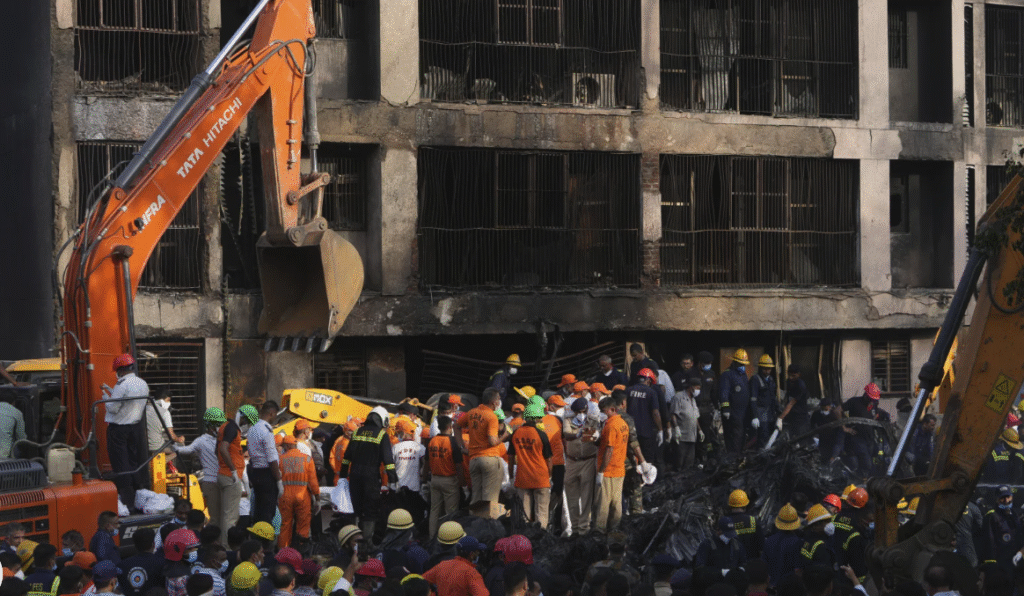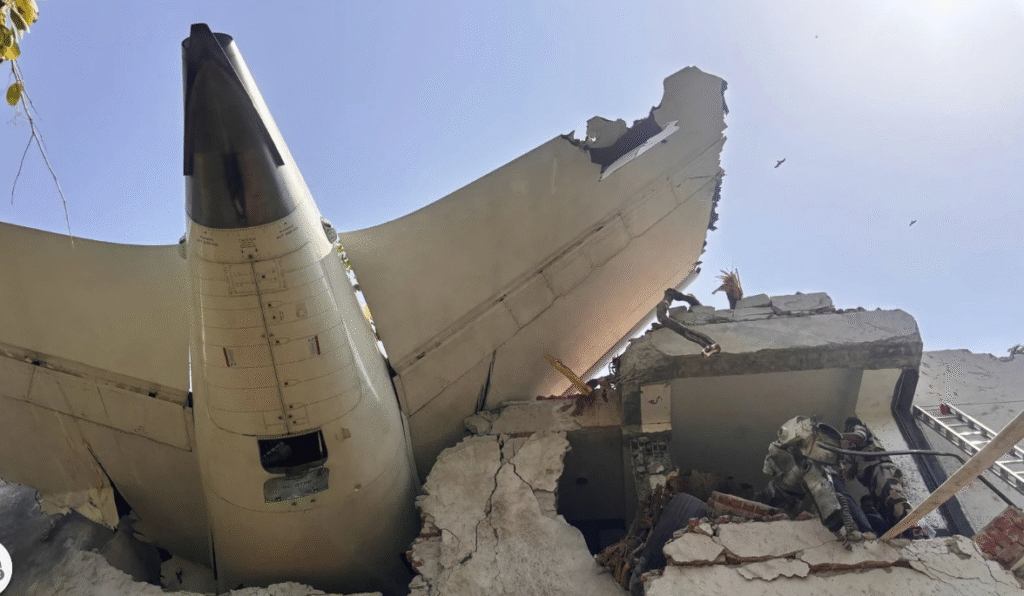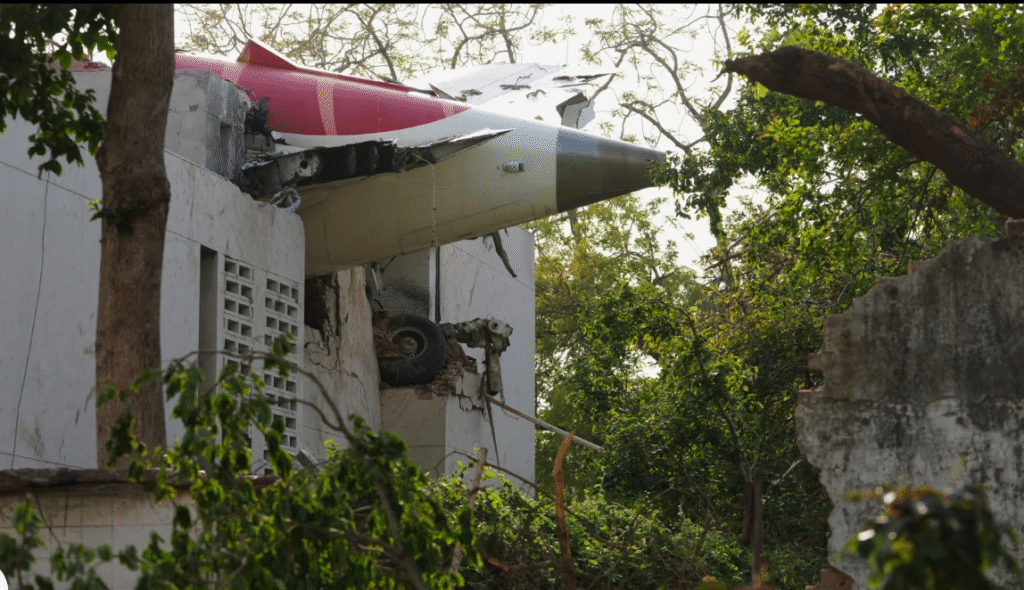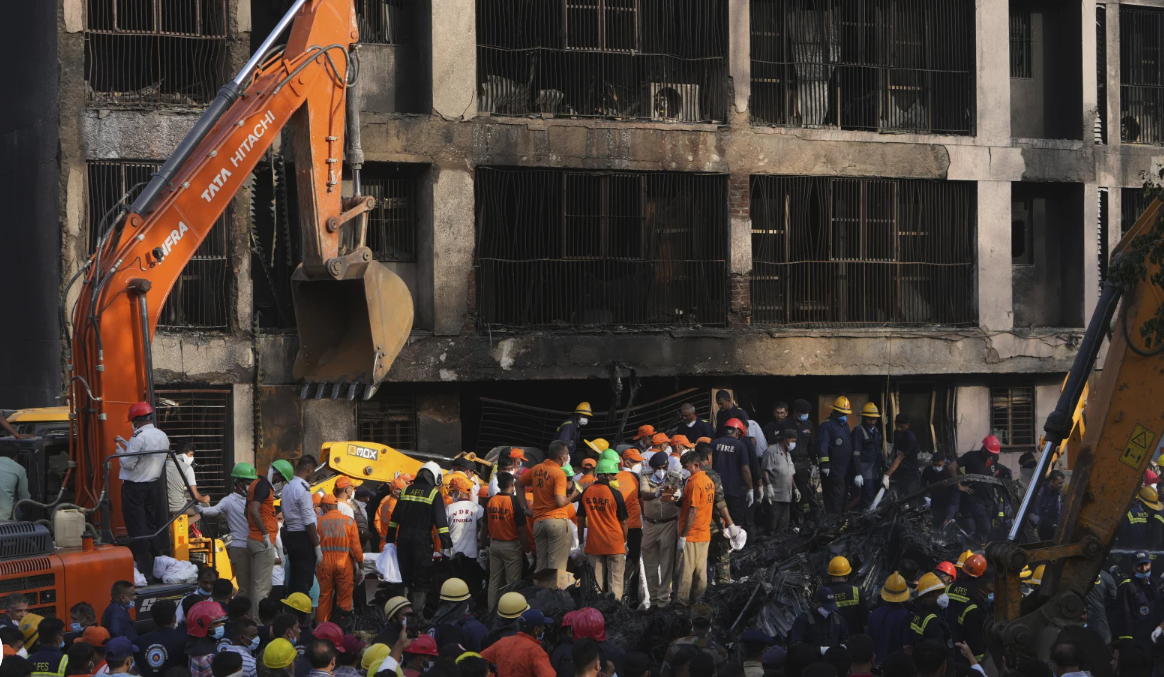
When you hear the name Air India, you likely picture the iconic Maharaja mascot or the elegant red swan logo on the tailfin. As India’s flagship carrier, Air India has long been a symbol of national pride. But over the decades, it has also been associated with several tragic air crashes—some of which are etched into global aviation history.
Why do we revisit these painful events? Because with every crash comes lessons—about human error, technical flaws, oversight, and sometimes, outright terror. In this article, we’ll take a deep dive into the major Air India crashes, explore the causes, hear the human stories behind them, and look at how the airline has moved forward from each disaster.
History of Air India Crashes
Early Incidents (Pre-1980)
Air India, originally known as Tata Airlines, began operating in 1932. While it enjoyed early success and rapid expansion, its history was not without bumps—literally. By the late 1960s and 70s, the airline had experienced several fatal crashes due to navigation issues, mechanical failures, and poor visibility.
Tragedy of Air India Flight 182 (1985)
Possibly the most infamous Air India disaster, Flight 182 was a victim of terrorism that claimed 329 lives, making it one of the deadliest aviation attacks before 9/11.
Air India Express Flight 812 (2010)
Landing at Mangalore’s tabletop runway, the Boeing 737 overshot the runway, crashed into a gorge, and burst into flames. 158 out of 166 onboard lost their lives.
Air India Express Flight 1344 Calicut (2020)
Another tabletop runway disaster. The aircraft broke into two after skidding off the wet runway during heavy rain. 21 people died, including both pilots.

The 1985 Kanishka Bombing (Flight 182)
What Happened
On June 23, 1985, Air India Flight 182 from Montreal to Delhi via London exploded mid-air off the coast of Ireland. A suitcase bomb planted by Sikh extremists detonated in the cargo hold.
Investigation and Findings
Canadian authorities discovered it was a terrorist plot by the Babbar Khalsa group. Despite years of investigation, trials dragged on, and only one person was convicted—Inderjit Singh Reyat.
Victim Impact and Memorials
Most victims were Canadian citizens of Indian origin. Memorials have been built in Toronto, Vancouver, Ottawa, and Ireland to honor their memory.
Legacy on Aviation Security
This bombing pushed aviation authorities globally to tighten baggage screening, introduce stricter airport surveillance, and adopt better passenger-data monitoring.
The 2020 Calicut Crash (Flight 1344)
Timeline of Events
On August 7, 2020, Flight IX1344 was returning from Dubai to Kozhikode under the Vande Bharat mission. Due to monsoon rain and poor visibility, the plane skidded off the runway while landing.
Weather and Technical Details
Visibility was less than ideal, and the wet runway didn’t help. Despite multiple landing attempts, the aircraft landed at high speed, overran the runway, and plunged into a slope.
Runway Safety Concerns
Tabletop runways are built on hilltops with little margin for error. Investigations had warned earlier about safety concerns at Calicut, but necessary upgrades weren’t done in time.
The Aftermath and Rescue Operation
Local residents were first responders. Emergency services faced heavy rain and slippery terrain while extracting survivors. The two pilots, who tried their best to save lives, died in the crash.
Lessons Learned
More emphasis has been placed on runway friction testing, real-time weather updates, and pre-landing decision protocols.
Analysis of Air India’s Safety Record
Comparing Global Airline Safety Standards
Air India’s record has improved in recent years, but incidents have brought attention to lapses in training and aging fleets compared to international standards.
Audit and Regulatory Oversight
India’s DGCA (Directorate General of Civil Aviation) conducts regular audits, but enforcement and follow-ups have sometimes lagged behind recommendations.
Pilot Training and Fatigue Factors
Pilot fatigue and workload management were cited in both the Mangalore and Calicut crashes. Improved simulator training and regulated rest periods are now being adopted.

Human Stories Behind the Numbers
Survivors’ Experiences
Many survivors recall the crash as a blur of panic, smoke, and fire. Several credit their survival to quick-thinking cabin crew and brave co-passengers.
Families’ Long Road to Justice
For families of victims, legal and emotional closure has taken years. Compensation often doesn’t reflect the magnitude of their loss.
Acts of Bravery During Crashes
Flight attendants, especially during the Calicut crash, helped evacuate passengers despite injuries. Several received national awards posthumously.
Media and Public Reaction
Coverage Bias and Responsibility
While global outlets covered Flight 182 in detail, coverage of the Calicut crash was initially limited to Indian networks. Sensationalism often overshadows accurate information.
How Crashes Change Public Trust
Every crash shakes passenger confidence. But transparency in reporting and follow-up safety steps help airlines regain trust.
Government and Aviation Body Responses
DGCA and Civil Aviation Ministry Actions
After every crash, the DGCA revises SOPs, issues safety bulletins, and sometimes suspends flight operations temporarily.
ICAO and Global Reactions
The International Civil Aviation Organization has cited India’s improvements post-crisis but continues to monitor runway and infrastructure upgrades.

